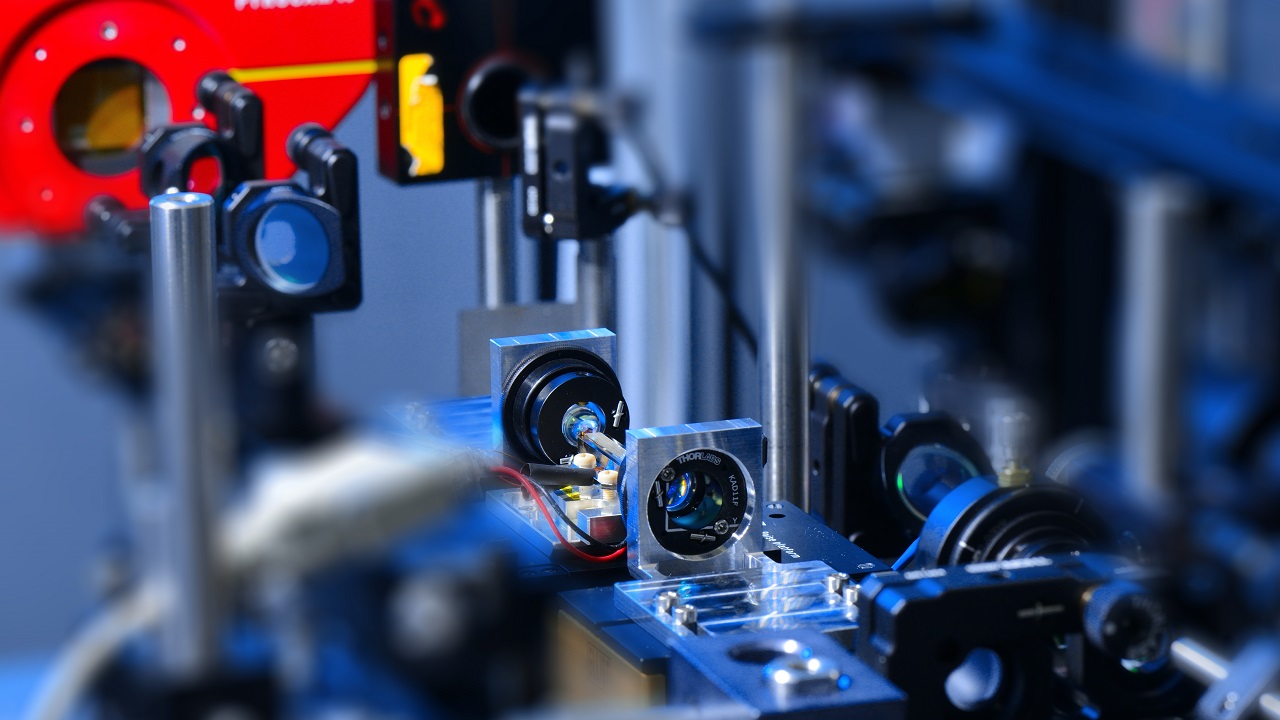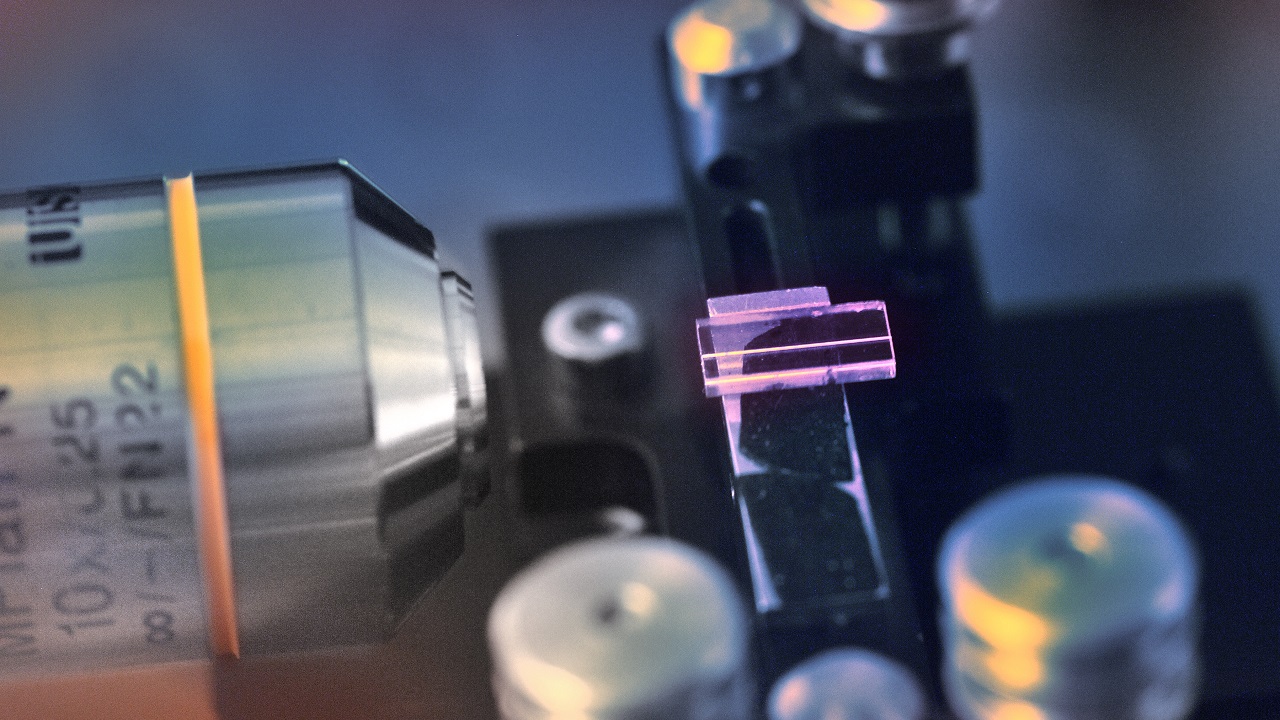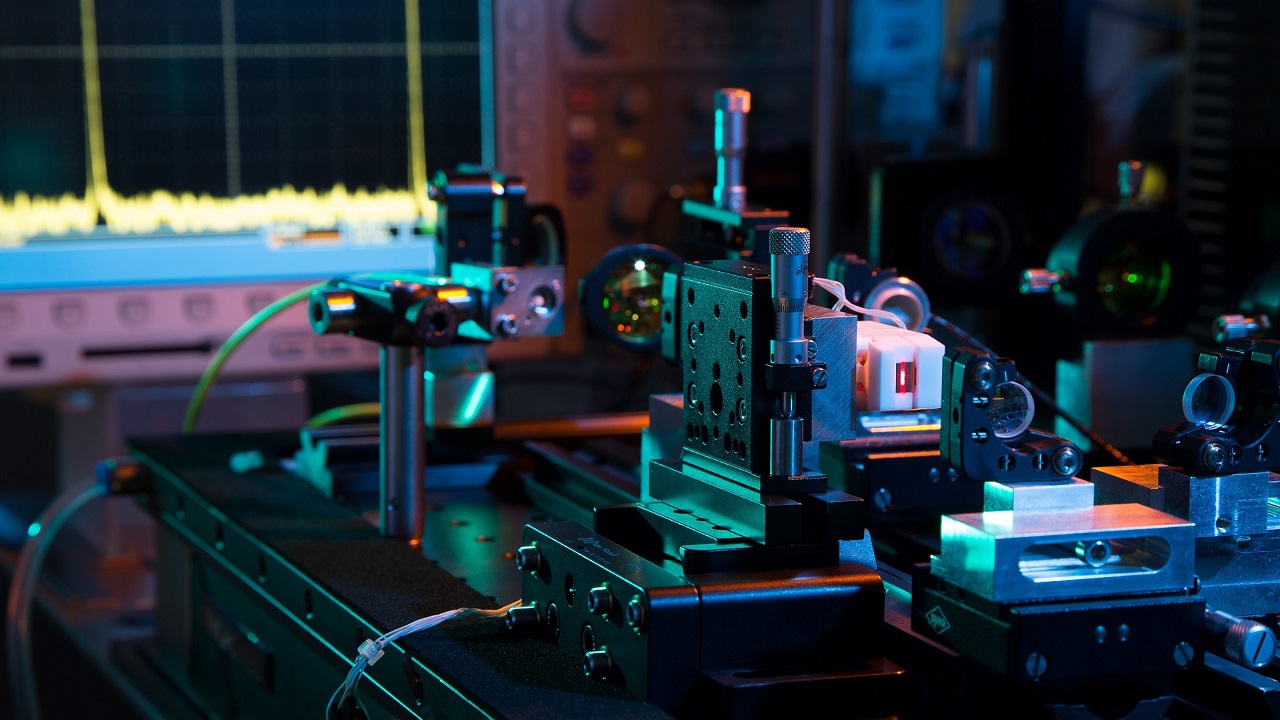Our range of services
Quantum computers are vastly faster than classical computers and enable highly complex calculations or secure encryption methods. They offer users the opportunity to expand information technology by making completely new processes possible.
At Fraunhofer ILT, laser-based processes – including micro and nano structuring with ultrafast lasers or selective laser-induced etching (SLE) – are used to create structures and component groups that can be used in the field of quantum computing. Microscopically dimensioned, waveguiding structures allow, for example, communication between qubits – the computational units of quantum computers – with single photons. Important research aspects here include improving the waveguiding properties of devices and directed photon emission from qubits.
 Fraunhofer Institute for Laser Technology ILT
Fraunhofer Institute for Laser Technology ILT

